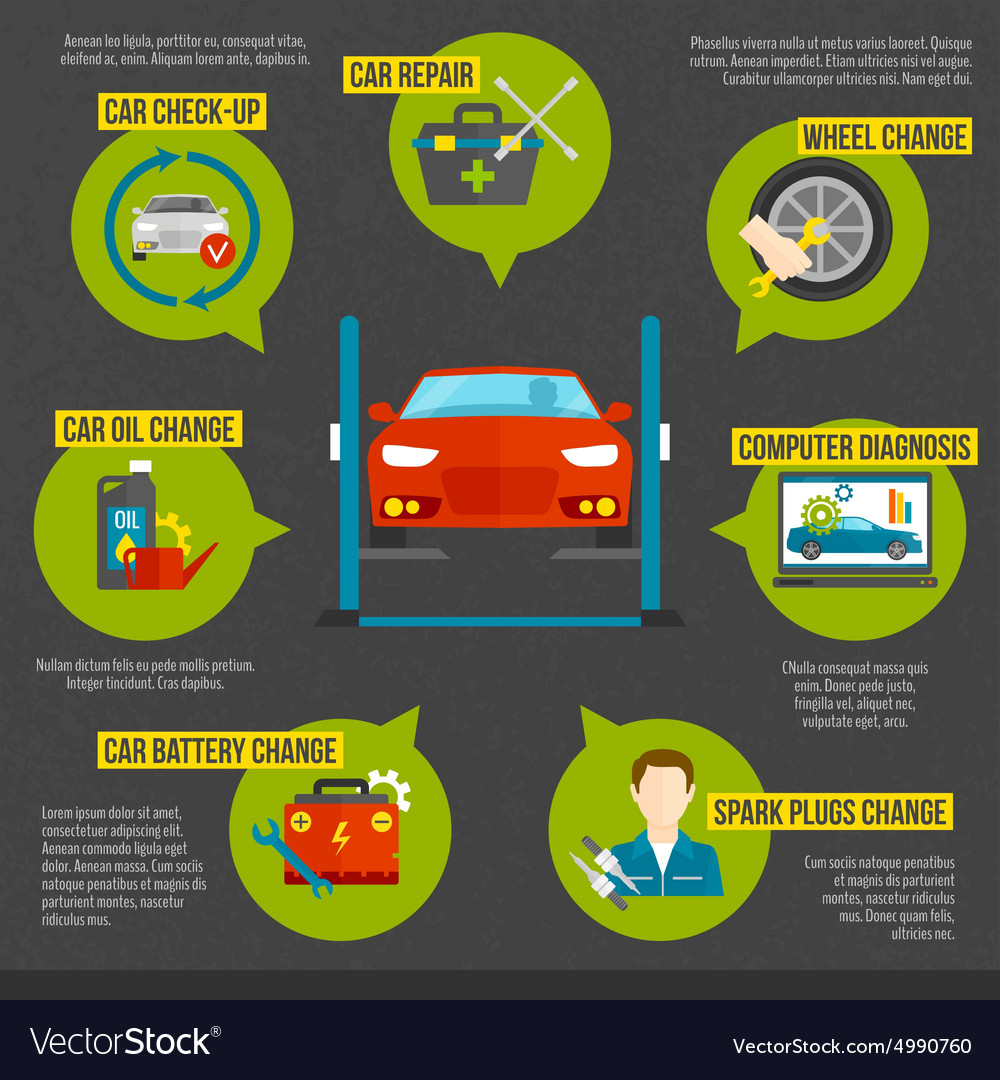Analyzing Your Car'S Alert Lighting: Their True Effects
Analyzing Your Car'S Alert Lighting: Their True Effects
Blog Article
Web Content Written By-Higgins Forbes
When you're behind the wheel, those glowing warning lights on your control panel can be a bit complicated. Do you recognize what they're trying to tell you regarding your vehicle's wellness? Understanding the importance of these lights is important for your security and the longevity of your car. So, the next time one of those lights turns up, wouldn't you want to analyze its message precisely and take the necessary steps to address it?
Common Caution Lights and Interpretations
Recognize typical caution lights in your auto and comprehend their meanings to make sure secure driving.
One of the most common caution lights include the check engine light, which indicates problems with the engine or discharges system. If this light begins, it's vital to have your vehicle inspected immediately.
The oil stress cautioning light suggests low oil pressure, needing instant focus to stop engine damage.
A blinking battery light may suggest a damaged charging system, possibly leaving you stranded otherwise addressed.
The tire pressure tracking system (TPMS) light informs you to reduced tire stress, influencing vehicle stability and fuel efficiency. Disregarding this could lead to hazardous driving conditions.
The ABS light suggests a problem with the anti-lock stopping system, jeopardizing your ability to quit rapidly in emergency situations.
Finally, the coolant temperature level warning light warns of engine overheating, which can lead to extreme damage otherwise resolved swiftly.
Understanding these typical caution lights will assist you attend to concerns without delay and maintain secure driving problems.
Importance of Prompt Interest
Understanding the typical caution lights in your automobile is just the first step; the relevance of quickly addressing these cautions can't be emphasized enough to guarantee your safety on the road.
When a warning light illuminates on your control panel, it's your auto's way of interacting a possible concern that requires interest. Disregarding these warnings can cause much more serious issues down the road, compromising your security and possibly costing you extra out of commission.
Motivate focus to alerting lights can protect against break downs and mishaps. For example, a blinking check engine light could show a misfire that, if left neglected, might trigger damage to the catalytic converter. Addressing https://oilchangeplacesnearme40617.blogrenanda.com/36271239/the-surprise-treasures-finding-top-quality-automobile-repair-work-shops-in-your-neighborhood without delay can conserve you from a pricey repair work.
Similarly, a brake system warning light could signify reduced brake fluid or used brake pads, crucial components for your safety when driving.
Do It Yourself Troubleshooting Tips
If you notice a warning light on your control panel, there are a few DIY repairing ideas you can try before looking for specialist assistance.
The first step is to consult your vehicle's manual to comprehend what the details caution light shows. In https://www.wane.com/news/utah-bank-flagged-for-issuing-189-interest-loans-through-auto-repair-shops/ can be as simple as a loosened gas cap triggering the check engine light. Tightening the gas cap may settle the trouble.
One more usual problem is a reduced battery, which can set off various alerting lights. Inspecting the battery links for deterioration and guaranteeing they're protected could take care of the problem.
If a caution light persists, you can try resetting it by detaching the car's battery for a few mins and afterwards reconnecting it. In addition, checking your car's fluid degrees, such as oil, coolant, and brake liquid, can aid fix advising lights connected to these systems.
Conclusion
To conclude, understanding your car's warning lights is important for keeping your automobile running efficiently and safely. By without delay resolving these informs and understanding what they suggest, you can prevent pricey repair work and possible break downs.
Remember to consult your cars and truck's guidebook for certain details on each cautioning light and do something about it as necessary to guarantee a hassle-free driving experience.
Remain notified, stay risk-free on the road!
